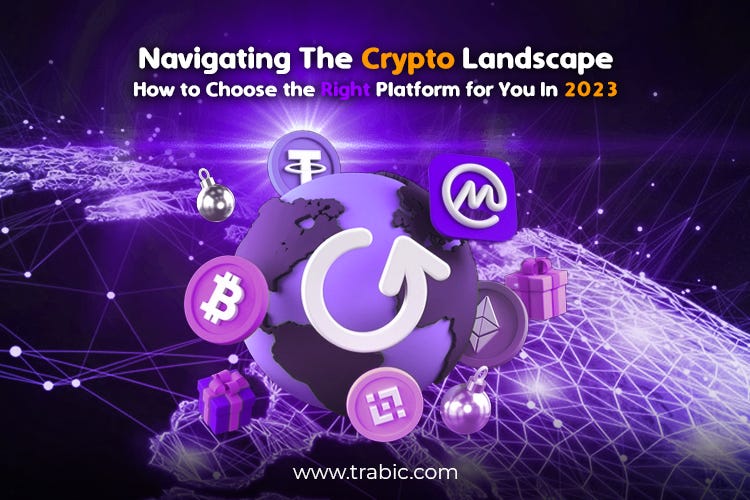Protocols Paving the Way: Unveiling Key Features and Contributions to the Evolving Crypto Landscape
 In the dynamic world of cryptocurrencies, the role of blockchain protocols cannot be overstated. These fundamental frameworks serve as the backbone of decentralized systems, continuously evolving to meet the growing demands of the crypto landscape. In this exploration, we delve into the key features of new protocols and their profound contributions, shaping the future of the ever-expanding crypto ecosystem.
In the dynamic world of cryptocurrencies, the role of blockchain protocols cannot be overstated. These fundamental frameworks serve as the backbone of decentralized systems, continuously evolving to meet the growing demands of the crypto landscape. In this exploration, we delve into the key features of new protocols and their profound contributions, shaping the future of the ever-expanding crypto ecosystem.
Understanding Blockchain Protocols: The Heart of Decentralization
Blockchain protocols are the rule sets that govern the operation of distributed ledgers, providing the necessary guidelines for consensus, validation, and data integrity. As new protocols emerge, they bring innovative features that address existing challenges, enhance performance, and open doors to novel applications.
1. Consensus Mechanisms: Ensuring Trust and Security
New protocols often introduce novel consensus mechanisms that redefine how transactions are validated and added to the blockchain. Whether it's Proof of Stake (PoS), Delegated Proof of Stake (DPoS), or other consensus models, these mechanisms aim to improve scalability, reduce energy consumption, and enhance the overall security of the network.
2. Scalability Solutions: Breaking Through Transaction Bottlenecks
Scalability has been a persistent challenge for blockchain networks. Emerging protocols incorporate Layer 2 solutions, sharding, and other innovative techniques to increase transaction throughput, ensuring that the network can handle a growing user base and a higher volume of transactions without sacrificing efficiency.
3. Interoperability: Fostering Collaboration Across Chains
The crypto landscape is increasingly diverse, with various blockchains serving distinct purposes. New protocols prioritize interoperability, allowing seamless communication and data transfer between different blockchain networks. This interconnectedness promotes collaboration and widens the scope for innovative cross-chain applications.
4. Smart Contract Enhancements: From Automation to Complexity
Smart contracts form the core of decentralized applications (DApps). New protocols often introduce enhancements to smart contract functionality, enabling more complex and sophisticated programmable agreements. These advancements contribute to the creation of diverse applications across industries, from finance to supply chain and beyond.
5. Governance Models: Empowering the Community
Decentralized governance is a defining feature of blockchain protocols. Recent developments focus on refining governance models, incorporating mechanisms that empower community members to participate in decision-making processes. These innovations aim to create more inclusive and democratic blockchain networks.
6. Security Measures: Safeguarding Against Threats
As the crypto landscape evolves, so do the security threats. New protocols integrate advanced security measures, including zero-knowledge proofs, cryptographic techniques, and multi-signature schemes, to fortify the network against potential vulnerabilities and attacks.
Conclusion: Navigating the Future with Protocols at the Helm
The relentless evolution of blockchain protocols underscores the dynamic nature of the crypto landscape. Each advancement brings with it the promise of a more scalable, interoperable, and secure decentralized future. As we celebrate the innovative features embedded in these protocols, it becomes evident that they are not merely technical upgrades but crucial catalysts propelling the entire crypto ecosystem forward. Embrace the transformative power of protocols, for they are the architects of a decentralized tomorrow.



































